Houdetsi is a village in the Heraklion regional unit on the island of Crete, Greece. It is the seat of the Choudetsi community in the municipality of Archanes-Asterousia. The village is located 22 km south of Heraklion, at an altitude of 440-470 meters.
Etymology
There are various interpretations regarding the origin of the village’s name. One legend attributes it to the first ruler of the village, Houndios. Another theory suggests that the name derives from the Arabic word “quds,” meaning “holy.” Yet another possibility is that it comes from the combination of the Greek words “chous” (soil) and “deos” (fear). The earliest documented mention of the village’s name dates back to 1279, where it appears as Tudeti in a contract.
History
- Archaeological evidence, including a clay head of Athena wearing a helmet and remnants of aqueducts, indicates that the settlement existed during the Minoan period or even earlier.
- In 1961, parts of Middle Minoan figurines were found at the Korfi site, providing valuable information about the historical continuity of the area.
- The village is mentioned in documents from the Ducal Archive of Chandax dating back to 1379 and 1395.
- The Venetian census of 1583 records Houdetsi in the province of Pediada with 233 inhabitants.
- The Ottoman census of 1671 lists the village (as Hodec) with 27 taxable households.
- In 1834, 20 Christian and 5 Turkish families were recorded in the village. By 1881, the population consisted of 339 Christians and 12 Turks.
- The village played a role in the resistance against the German invasion during the Battle of Crete.
Economy
The main occupations of the residents are viticulture and olive cultivation. The village is known for its table grapes.
Village Amenities
Choudetsi has a kindergarten and a primary school.
Landmarks
- Labyrinth Musical Workshop: Founded in 1982 by the Irish musician Ross Daly, this workshop focuses on introducing young people to a creative approach to musical traditions from around the world. It houses a museum of traditional musical instruments.
- Monastery of Spiliotissa: This Sinaitic monastery is located 500 meters from the village in a valley. It celebrates its feast day on August 15th, the feast of the Dormition of the Theotokos.
- Hatzines Fountain: This historical fountain, dating back to 1671, was once the heart of the village.
- Church of Agios Nikolaos: The oldest church in Houdetsi, built before 1300. It was destroyed by the Turks and restored in the 19th century.
- Other Churches: The village has several other churches, including Agia Paraskevi, Agios Antonios, Timios Stavros, Agios Panteleimon, Agios Paisios, Archangel Michael, and Panagia Zoodochos Pigi.
Culture
Choudetsi has a long musical tradition with renowned folk poets and instrument makers. Ross Daly’s Labyrinth Musical Workshop has further solidified this tradition, organizing events and seminars on modal musical instruments that attract students from all over the world. The workshop also houses a museum with over 200 traditional musical instruments from Crete, the eastern Mediterranean, India, the Caucasus, the Middle East, and Central Asia.
Every August, the village hosts the Houdetsi Festival, featuring musical events, visual arts performances, and exhibitions of traditional products.
Village Key Points
- Historical References: Documents from 1279, 1379, 1395; Venetian censuses (1583); Ottoman records (1671, 1834, 1881)
- Location: Heraklion regional unit, Crete, Greece
- Historical Significance: Minoan settlement, Venetian and Ottoman era village, role in the Battle of Crete, rich musical tradition.
- Population data over the years:
Year |
Population |
|---|---|
1583 |
233 |
1671 |
|
1834 |
|
1881 |
|
1900 |
362 |
1920 |
492 |
1928 |
612 |
1940 |
633 |
1951 |
628 |
1961 |
770 |
1971 |
727 |
1981 |
855 |
2001 |
863 |
2011 |
780 |
2021 |
700 |
- Current Status: A vibrant village, known for its musical tradition and cultural events.
Access
Choudetsi is 9.3 kilometers away from Arkalochori and 3.0 kilometers away from the Agies Paraskies















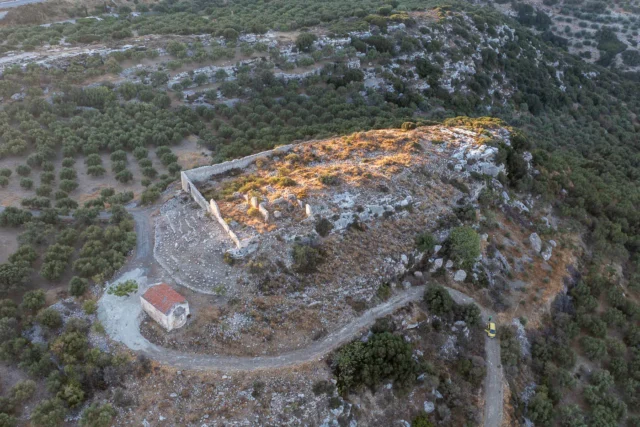

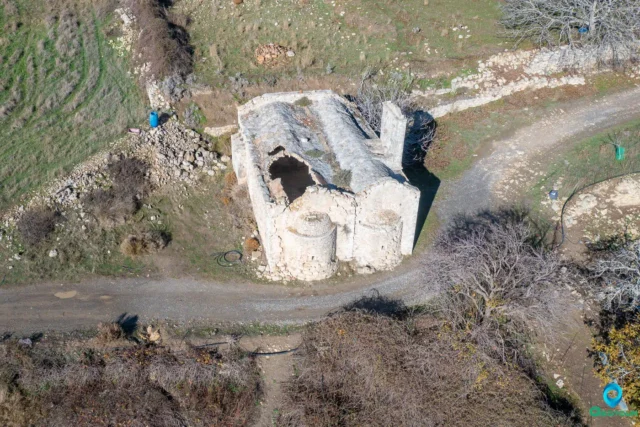
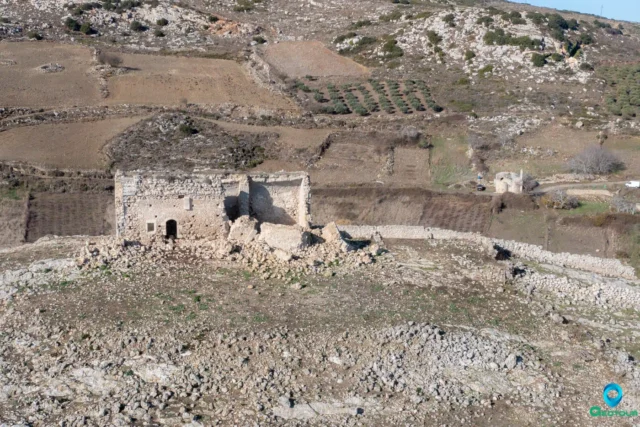
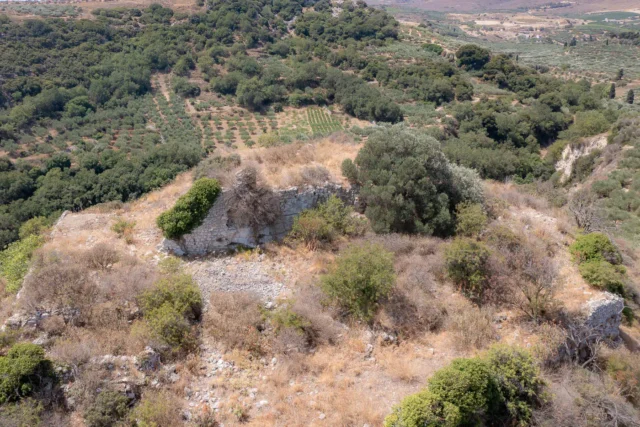

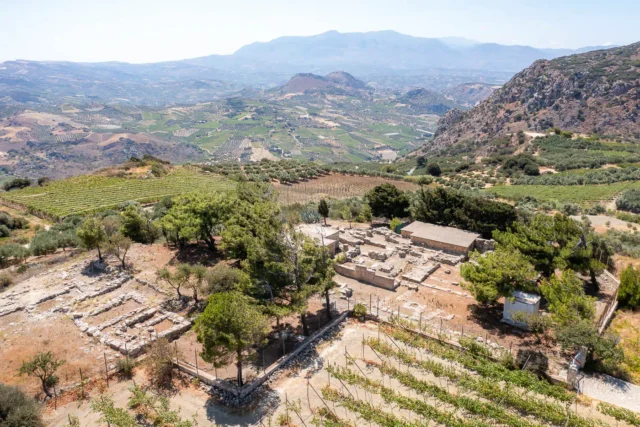

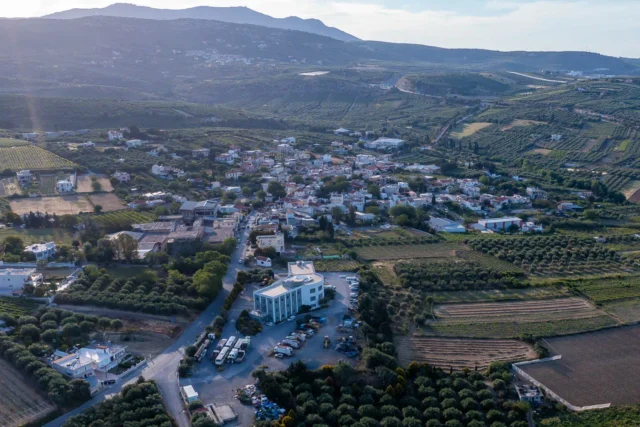
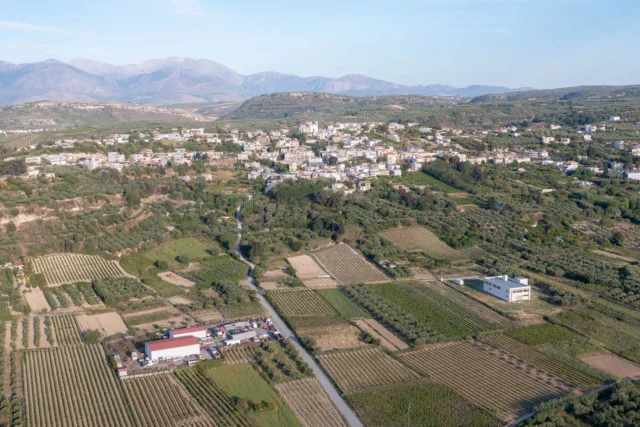
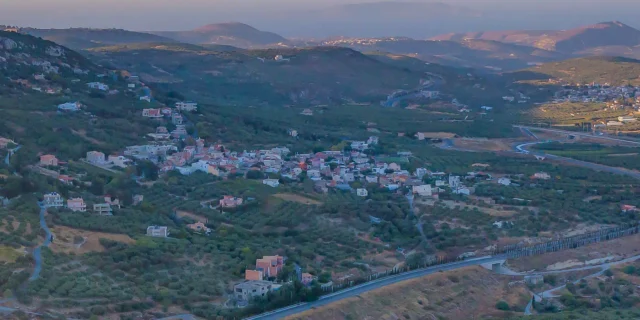

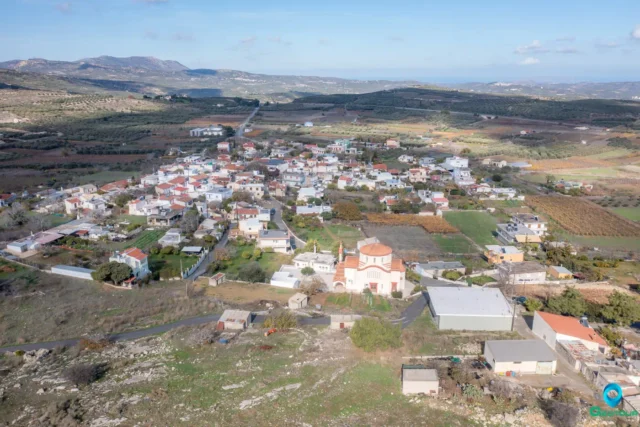
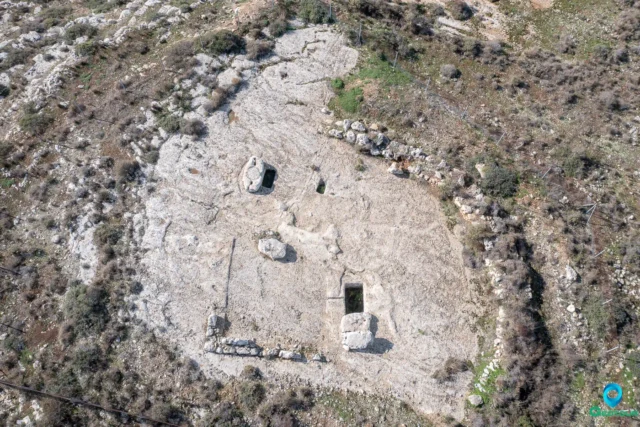
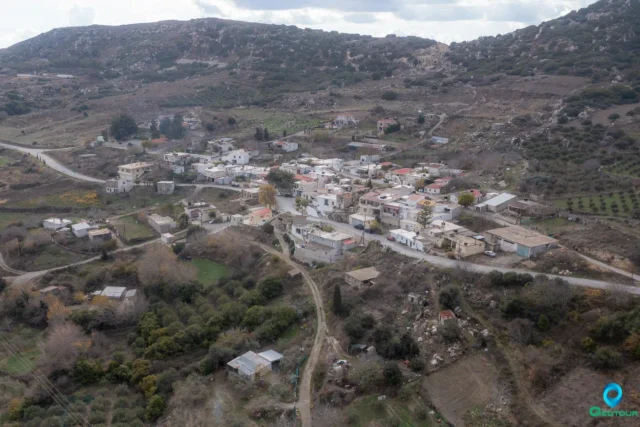
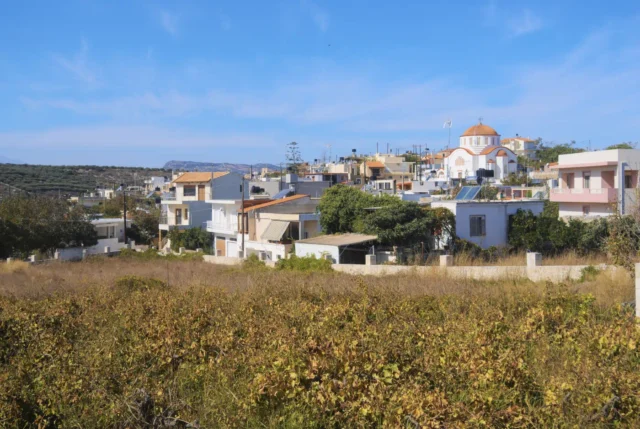
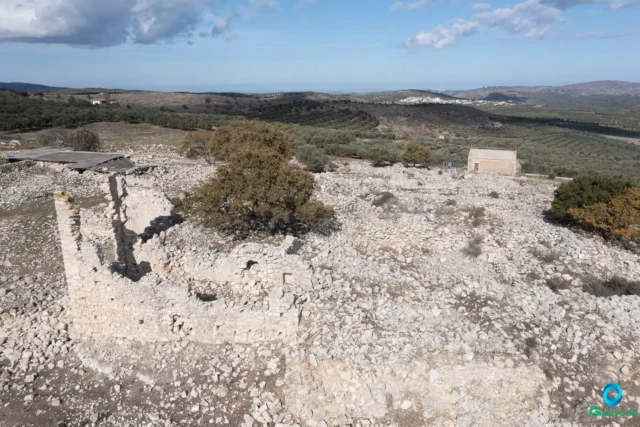
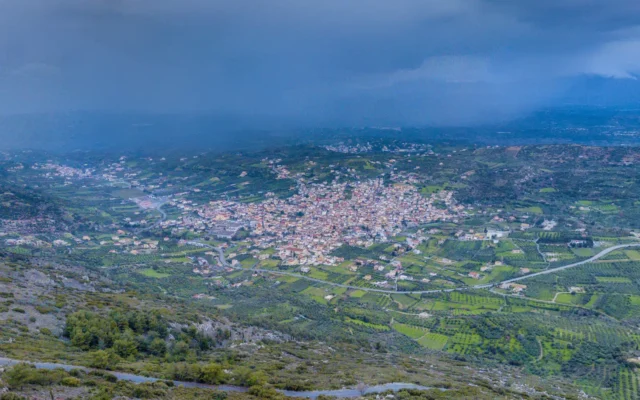
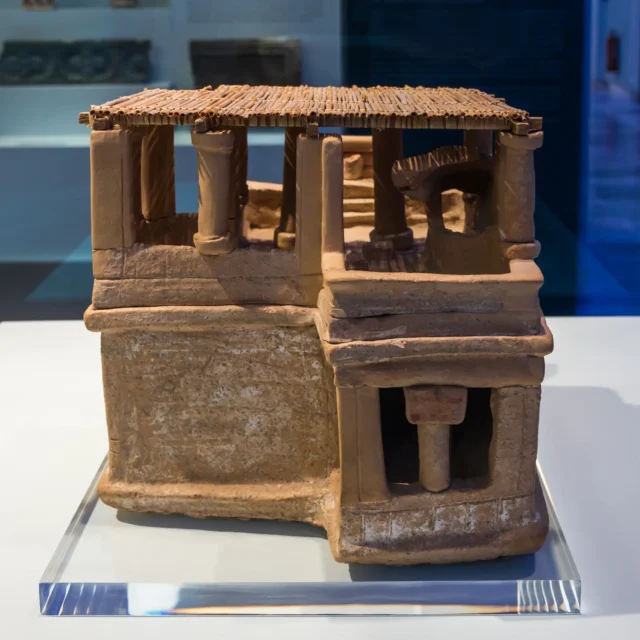
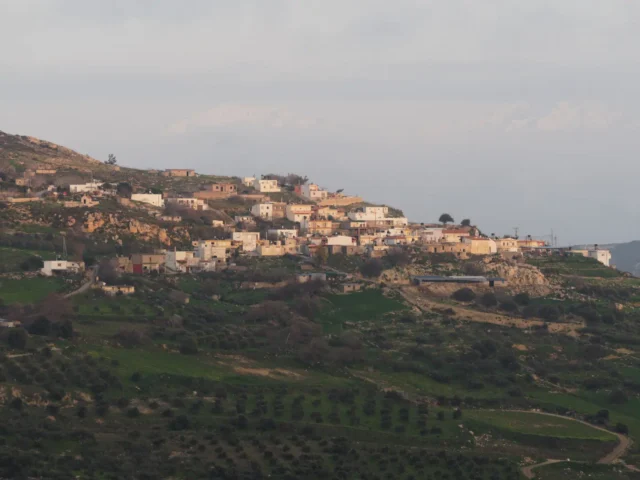

There are no comments yet.